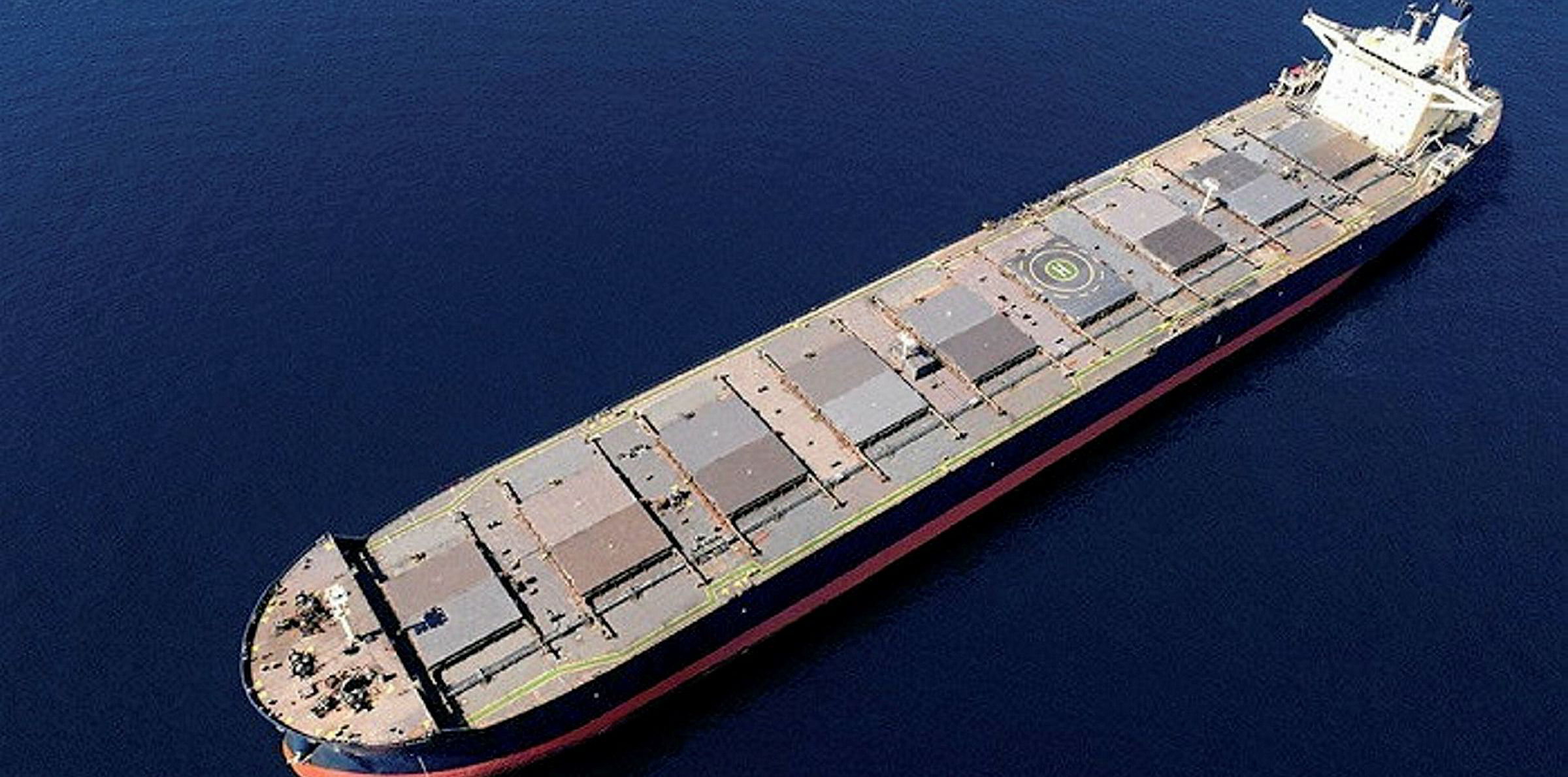BHP has warned that if the Covid-19 coronavirus outbreak extends beyond the first quarter, it will likely result in lower commodity demand.
It said the range of responses by the Chinese authorities to contain the virus, in tandem with the understandably risk–averse response of the population, will “undoubtedly cause a sharp decline in economic activity” in the March quarter.
However, it added that if the psychological and logistical impacts can be effectively contained within that window, construction and manufacturing activity should “recover briskly to higher than normal run–rates in the June quarter.”
BHP said that while it hopes that the Covid–19 outbreak is speedily contained within the March quarter, no one can be adamant about the precise timing.
“If the outbreak is not contained within that time frame, or it re–emerges after a period of apparent containment, then that would be damaging for both real activity and market sentiment,” it said.
BHP said if this happens then it would expect to revise its annual forecast lower, which would then flow directly through to lower commodity demand.
The company estimates that almost 90% of Chinese steel production is located in provinces with announced restart dates before the end of February 2020.
On the topic of IMO 2020, BHP said early indications are that the maritime value chain was, in general, “quite well prepared for the change”.
“Some of the anxiety leading into the shock related to the level of preparedness of the refining community,” it said.
BHP said that while prices for low sulphur fuel oil (LSFO) have certainly increased, it has “not directly experienced, or heard of, any major LSFO availability constraints hindering the ability of ships to comply with the regulations”.
Prior to IMO 2020’s introduction BHP said it had estimated that it would add between $1–2 per ton to Western Australia–China freight and between $3–4 per ton from Brazil–China.
“With about six weeks of evidence to hand, those estimates look to be reasonably close to the mark, based on how spreads between compliant LSFO and the old 3.5% bunkers have evolved,” it said.





